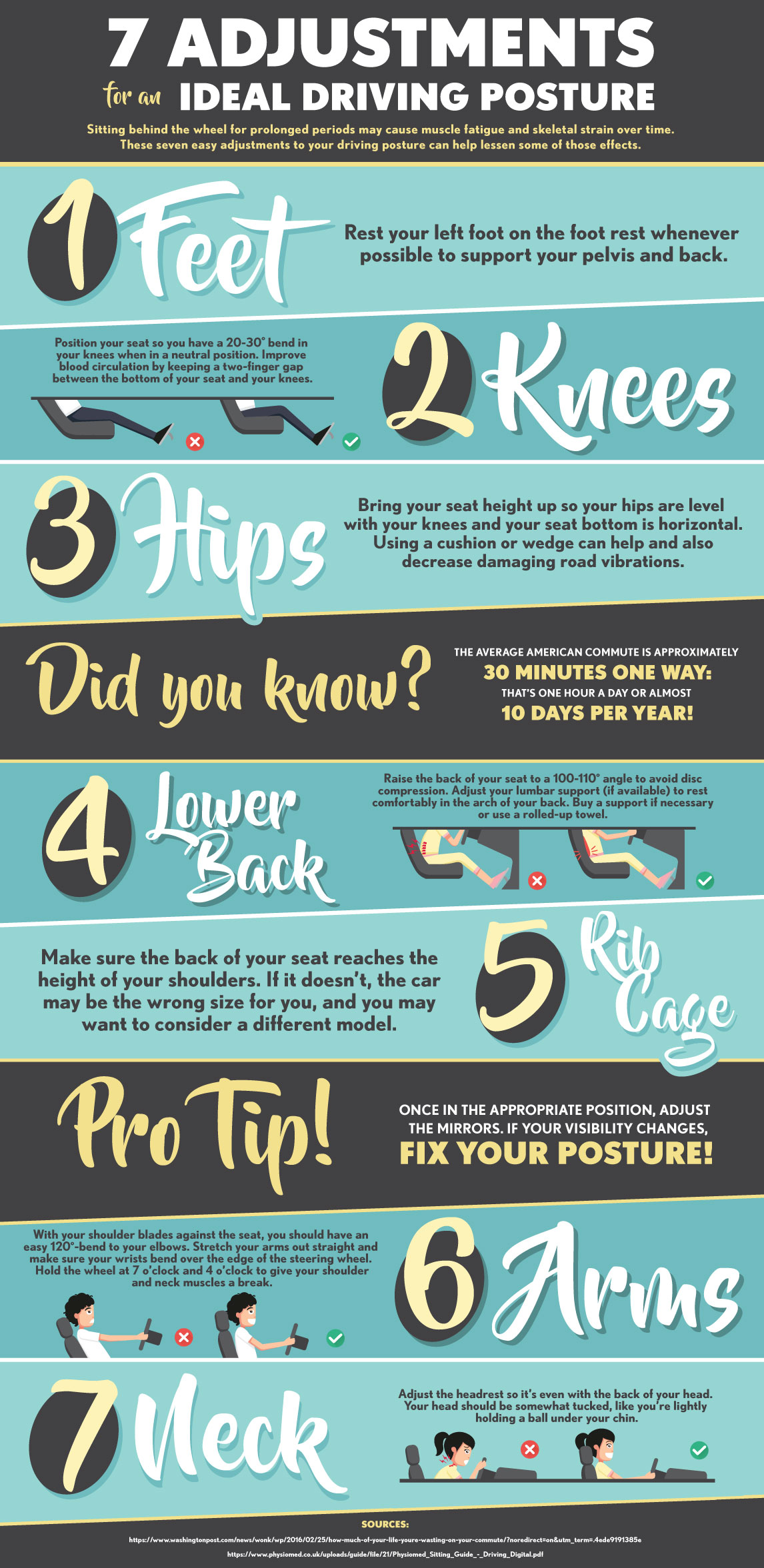Key Daily Routines That Result In Pain In The Back And Exactly How To Reduce Their Effects
Key Daily Routines That Result In Pain In The Back And Exactly How To Reduce Their Effects
Blog Article
Material Written By-Bates Schaefer
Preserving correct position and avoiding typical risks in day-to-day tasks can significantly influence your back wellness. From just how you rest at your desk to how you raise heavy objects, small adjustments can make a huge difference. Think of a day without the nagging pain in the back that impedes your every move; the service might be less complex than you believe. By making visit the following page to your daily practices, you could be on your method to a pain-free existence.
Poor Position and Sedentary Lifestyle
Poor posture and a less active way of life are two significant contributors to pain in the back. When you slouch or suspicion over while resting or standing, you placed unneeded strain on your back muscles and spine. This can cause muscle imbalances, stress, and eventually, persistent back pain. In addition, sitting for extended periods without breaks or exercise can deteriorate your back muscles and result in tightness and pain.
To deal with poor posture, make a conscious initiative to rest and stand directly with your shoulders back and aligned with your ears. Keep in mind to maintain your feet flat on the ground and prevent crossing your legs for extended durations.
Incorporating normal stretching and reinforcing workouts into your daily regimen can likewise assist enhance your position and alleviate pain in the back associated with an inactive lifestyle.
Incorrect Lifting Techniques
Incorrect lifting methods can substantially contribute to back pain and injuries. When view site… lift heavy objects, bear in mind to flex your knees and use your legs to lift, instead of counting on your back muscles. Stay clear of twisting your body while training and maintain the things near your body to lower pressure on your back. It's essential to maintain a straight back and stay clear of rounding your shoulders while raising to stop unnecessary stress on your back.
Constantly examine the weight of the object before raising it. If it's also heavy, request aid or usage devices like a dolly or cart to transfer it securely.
Keep in more info to take breaks throughout lifting tasks to offer your back muscles an opportunity to rest and avoid overexertion. By implementing appropriate lifting techniques, you can stop back pain and lower the danger of injuries, guaranteeing your back stays healthy and strong for the long-term.
Lack of Regular Exercise and Extending
A sedentary way of life lacking normal exercise and stretching can significantly add to pain in the back and pain. When you don't take part in physical activity, your muscles come to be weak and inflexible, leading to bad posture and increased stress on your back. Regular exercise aids reinforce the muscle mass that support your spine, enhancing stability and decreasing the risk of neck and back pain. Integrating extending into your regimen can also boost flexibility, avoiding stiffness and pain in your back muscle mass.
To avoid neck and back pain brought on by an absence of exercise and extending, aim for a minimum of 30 minutes of moderate physical activity most days of the week. Consist of exercises that target your core muscle mass, as a solid core can aid minimize stress on your back.
Furthermore, take breaks to extend and relocate throughout the day, particularly if you have a workdesk work. Basic stretches like touching your toes or doing shoulder rolls can help ease tension and prevent neck and back pain. Prioritizing regular exercise and stretching can go a long way in keeping a healthy back and lowering discomfort.
Final thought
So, keep in mind to sit up right, lift with your legs, and remain active to avoid back pain. By making straightforward adjustments to your daily practices, you can stay clear of the pain and constraints that feature pain in the back. Take care of your spinal column and muscle mass by practicing excellent posture, appropriate lifting strategies, and normal exercise. Your back will certainly thank you for it!
